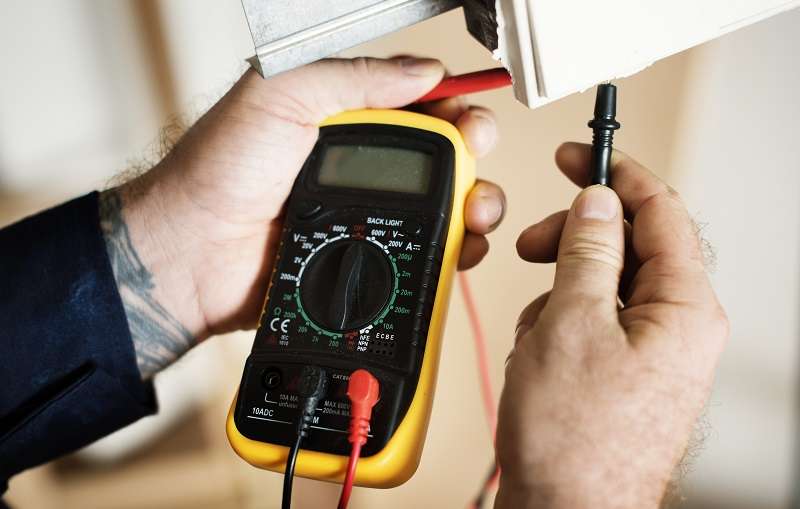A transformer is a crucial component in electrical systems, whether in transformer factories or daily applications like power transformers. Maintaining its performance is essential to prevent electrical failures that could lead to significant losses. One effective way to ensure a transformer stays in optimal condition is to check the transformer with a multimeter. This article explains an accurate inspection method to keep transformers functioning efficiently.
Understanding the Function of Transformers in Electrical Systems
A transformer’s primary role is to adjust voltage levels as needed, either increasing or decreasing them. In transformer factories, power transformers are used on a large scale to distribute electricity across multiple locations. A faulty transformer can damage other electrical equipment, making routine checks essential.
Preparation Before Check Transformer with Multimeter
Before testing a transformer, ensure all necessary tools are ready:
- Digital Multimeter – Choose one with complete functions and high accuracy.
- Protective Equipment – Wear insulated gloves and anti-electric shock shoes to prevent electrical hazards.
- Transformer Manual – Helps verify the specifications of the transformer being tested.
- Turn Off the Transformer – Always ensure it is off before testing for safety reasons.
Steps to Check a Transformer with a Digital Multimeter
Follow these systematic steps to inspect a transformer:
1. Testing Primary and Secondary Windings
- Connect the multimeter to the primary and secondary terminals.
- Set the multimeter to resistance mode (ohms).
- Compare the resistance values with the manual’s specifications. Unusual readings may indicate broken or burnt windings.
2. Checking for Current Leakage
- Set the multimeter to voltage mode.
- Check for voltage leaks in the transformer core or casing. Detected voltage in these areas indicates insulation damage.
3. Measuring Voltage Transformation
- Turn on the transformer and measure the output voltage from the secondary winding.
- Compare the reading with the transformer’s specifications. A significant difference suggests a problem with the core or windings.
Signs of Transformer Damage
Common signs of transformer issues include overheating, buzzing sounds, and unstable output voltage. Overheating often results from winding short circuits, while unusual buzzing may indicate mechanical or electrical problems. If the output voltage fluctuates, a thorough inspection is necessary to prevent further damage.
Importance of Regular Transformer Maintenance
Routine maintenance is essential to keeping transformers in optimal condition. Transformer manufacturers like Bambang Djaja offer various maintenance services, including visual inspections to check for physical damage, replacing old transformer oil to maintain insulation properties, and load testing to evaluate performance under full load conditions.
Benefits of Using a Digital Multimeter
A digital multimeter offers several advantages over analog versions:
- High Accuracy – Ensures precise measurements and minimizes errors.
- Ease of Use – A digital display simplifies readings.
- Additional Features – Many modern multimeters include auto-ranging for easier adjustments.
Checking a transformer with a digital multimeter is an essential step in ensuring its performance, whether in power transformers or transformer factories. By following the steps above, potential issues can be detected early, preventing costly damages.
For transformer maintenance and replacement, Bambang Djaja is a trusted choice to ensure reliable electrical systems. Contact Bambang Djaja today for the right and most efficient transformer solutions.







